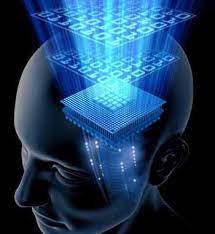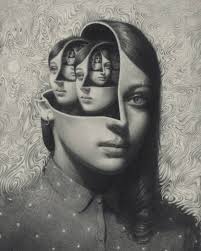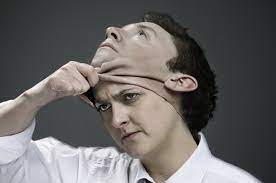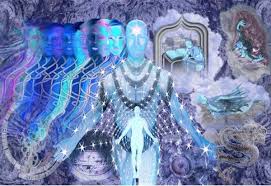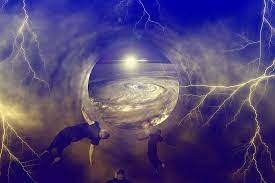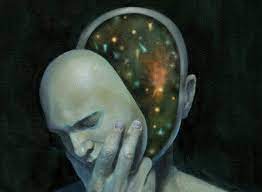HYPOTHESIS: Some thoughts are special impulses from our simultaneous lives.
This experiment is one that we can do on an ongoing basis as we go about our life, doing those things that we normally do, engaged in the mundane experiences of our existence. Some of us may have noticed that much of this life is lived in a rote fashion, by habit, almost as if in a dream. Then something occurs in our consciousness to pull us out of the habitual pattern.
A sudden thought might occur to you the blog reader, that you can easily change your course somewhat and experience a new avenue of exploration in your life. Now this impulse might be quite simple, as simple as changing the type of breakfast cereal you eat. Or this fleeting idea might urge you to consider breaking off a relationship that has been negative for some time.
Often these ideas can present new opportunities to your awareness, so that in retrospect, perhaps after several months or years, you realize that your acting on the impulse had the effect of completely transforming your life. You are amazed at how the alternate path taken had set up a series of alternate events that led to a uniquely different, and often more positive and life-affirming outcome, than had you continued on your habitual path of experience.
It is these special impulses we will be exploring in this experiment. These may indeed be impulse for your Simultaneous Lives, offering you suggestions for creating more productive Reality Constructs in your life.
CONDUCT YOUR RITUAL OF SANCTUARY
Now use your relaxation techniques to create a relaxed state with your body. There are two approaches to recognizing special impulses: First, you may work your way back in time from the present regarding a special impulse that you noticed and acted upon which spun you off into a new, positive direction. You can then see the context of influences you were in that created this catalyst for action.
Then recreate this context in your present moment – emotional content, physical circumstances – through use of the imagination. Consider these special impulses within your consciousness NOW that may be these messages from other parts of yourself. Write them down. Act on them if appropriate using your free will.
Second, if you cannot think of a special impulse you have acted upon, simply relax into your meditation and ask for the special impulses to present themselves to your awareness. Then write them down and either act on them or not. This practice leads to experiences of synchronicity, wonder, amusement and awe.
FINDINGS- Document your findings rigorously.


























